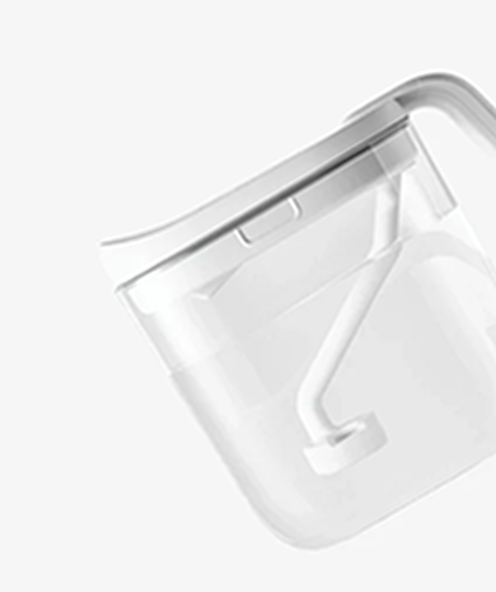Sunscreen: Uncovering 5 Myths and Facts

Sunscreen is an essential tool for protecting our skin from the harmful effects of the sun. However, numerous myths and misconceptions surround its use.
From concerns about vitamin D absorption to the belief that sunscreen is unnecessary on cloudy days, these myths can lead to improper use and reduced effectiveness.
In this article, we will uncover the truth behind five common myths about sunscreen, providing you with the facts you need to keep your and your family's skin healthy and protected year-round.
Myth #1. Sunscreen prevents the body from absorbing vitamin D.
Using sunscreen all the time seems like it would block vitamin D. However, sunlight can still get through clothes and sunscreen wears off after two or three hours, depending on your level of activity.
Experts say just 5 to 30 minutes of daily sun can provide enough vitamin D.
Myth #2. You cannot tan while wearing sunscreen.
Sunscreen helps to protect your skin against UVA and UVB rays, but it may not protect the body fully.
It is still possible to get a tan while using sunscreen, even when someone applies it multiple times throughout the day.
In fact, tanning depends on a mixture of sun exposure time, skin tone, and a sunscreen's UVA blocking capacity.
Myth #3. Sunscreen is not always a must, especially during cloudy days.
Many people believe that sunscreen is only necessary when their entire body is exposed to sunlight.
The truth is that anytime the body is exposed to light from the sun, it is exposed to UV rays, even if the day seems overcast or cloudy.
Myth #4. Sunscreen is waterproof.
No sunscreen product can be 100% waterproof, even those labeled as water or sweat-resistant. People must always reapply even water-resistant sunscreens after water exposure.
Allow sunscreen to settle on the skin for at least 10 to 15 minutes before going in the water.
Myth #5. One application of sunscreen will last all day.
Many people often think that sunscreen will last all day after just a single application. In reality, sunscreen breaks down in the light and loses its effectiveness over a short period of time.
People should apply sunscreen every 2 to 4 hours, at least.

Final Thoughts
Clearing up misconceptions about sunscreen helps us use it more effectively to protect our skin.
Whether it's understanding that sunscreen doesn’t block vitamin D absorption, recognizing the need for it on cloudy days, or knowing that it needs frequent reapplication, these facts are key to proper sun safety.
By dispelling these myths, you can ensure that you and your loved ones are safeguarded against the sun's harmful rays, enjoying the outdoors safely and responsibly.
















